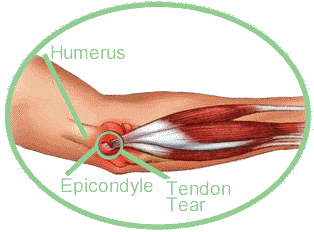


Office Osteopath Tips - Avoiding Back Pain
This months
newsletter is focused on office exercise. The majority of my
corporate patients, simply do not have the perceived time to go to
the gym, when they are working 9-late !
Therefore here
are some useful exercises that can be done in the work place, all
that is needed is a little improvisation!
- Knee Hugs - Gentle rocking on your back whilst hugging your knees. Make sure your head is supported by a pillow.
- Rock gently for 2 minutes back and forth.
2. Back Twist - Right arm goes toward the right however the right leg goes toward the left. Then repeat with opposite side with opposite limbs.
- Hold stretch for 30secs-1 min.
3. Buttock Stretch - Lean into the leg that is crossed on top. The stretch should be felt in the buttock of the crossed leg. Try to keep your back relatively straight, lean forward via your chest.


- Hold stretch for 30secs-1 min.
*** Be sure to contact Alex Mackenzie (BOst) with any questions, queries or simply to book ***
Wellbeing Osteopathy @ Brixton Therapy Centre Website
(www.wellbeingosteopathy.co.uk)
Alex_Osteopath: Twitter
Booking Line: 07772883029
(Alternative) Reception Line: 020 7733 9944
•Traditional Osteopathy •Chiropractic & Physiotherapy Techniques •Sports Injury •Lower Back and Neck Pain Solutions •Sports Massage • Pro Back Pulse •Osteopathy for Pregnancy •Cranial Sacral Osteopathy













